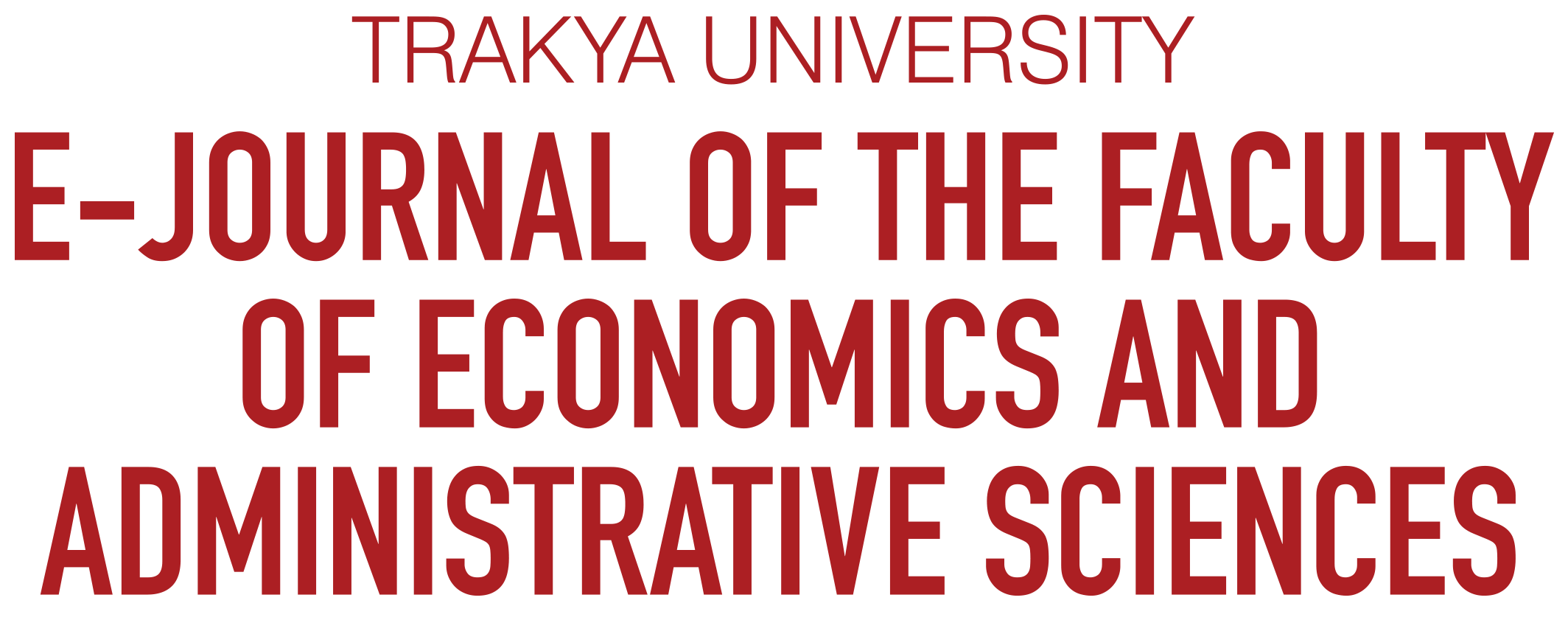Abstract
Due to the size of implemented stability program against the global crisis, there has been a serious debt problem for especially developed economies. When the economies of the developed countries which have already high debt ratios have again slown down, expectations about debt rollover distorted and borrowing costs increased. Concerns about sustainability of debts have caused to a new crisis expectations. In the summer of 2011, a new economic crisis rhetoric has entered to literature. It has been generally called European Debt Crisis. Becauce the main economic problem has been the debt. Borrowing costs have risen sharply. For facilitating and cheapening the borrowing, liquidity taps have been opened. This expansionary monetary policies also aim; ensuring the re-functioning of the credit mechanism, supporting economic growth by keeping credit costs low and removing the risks of the financial system. To maintain the economic stability at the global economic crisis environment, a new monetary policy has adopted by Turkish monetary authority. New policy combination consisting of policy interest rate, interest rate corridor and statutory reserves provides elasticity for monetary policy against the crisis. New monetary policy has differed from previous one in some aspects. The aim of monetary policy moves to financial stability from price stability. In crisis environment, current account deficit is getting the major risk of Turkey economy. Avoiding this risk, CBRT has changed the policy of high interest rate - low exchange rate.



